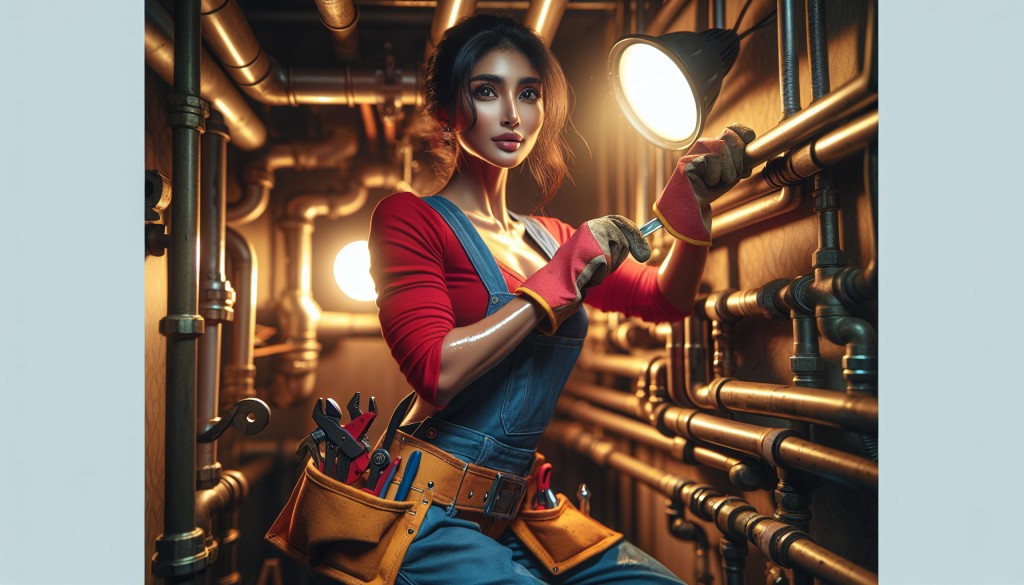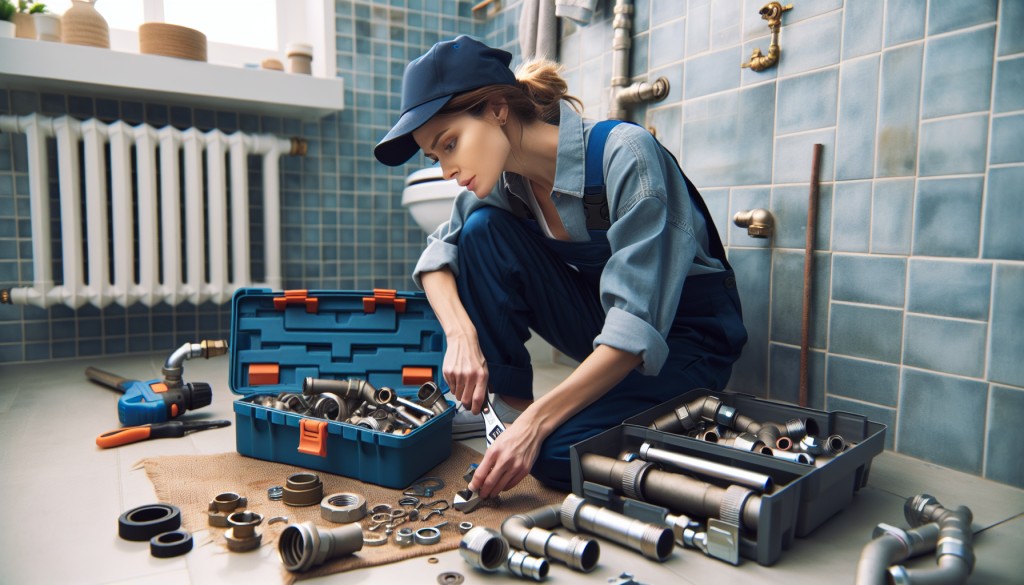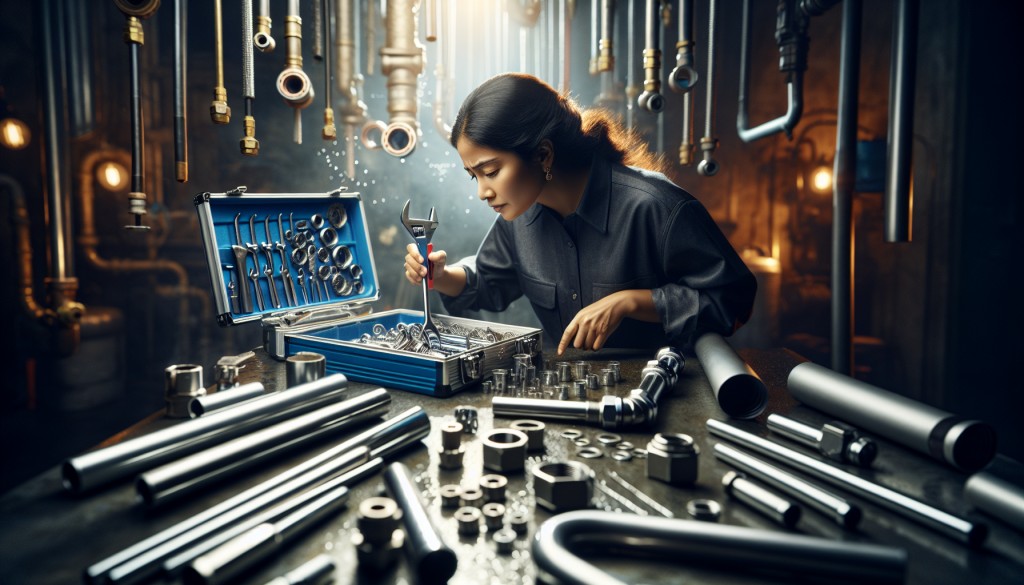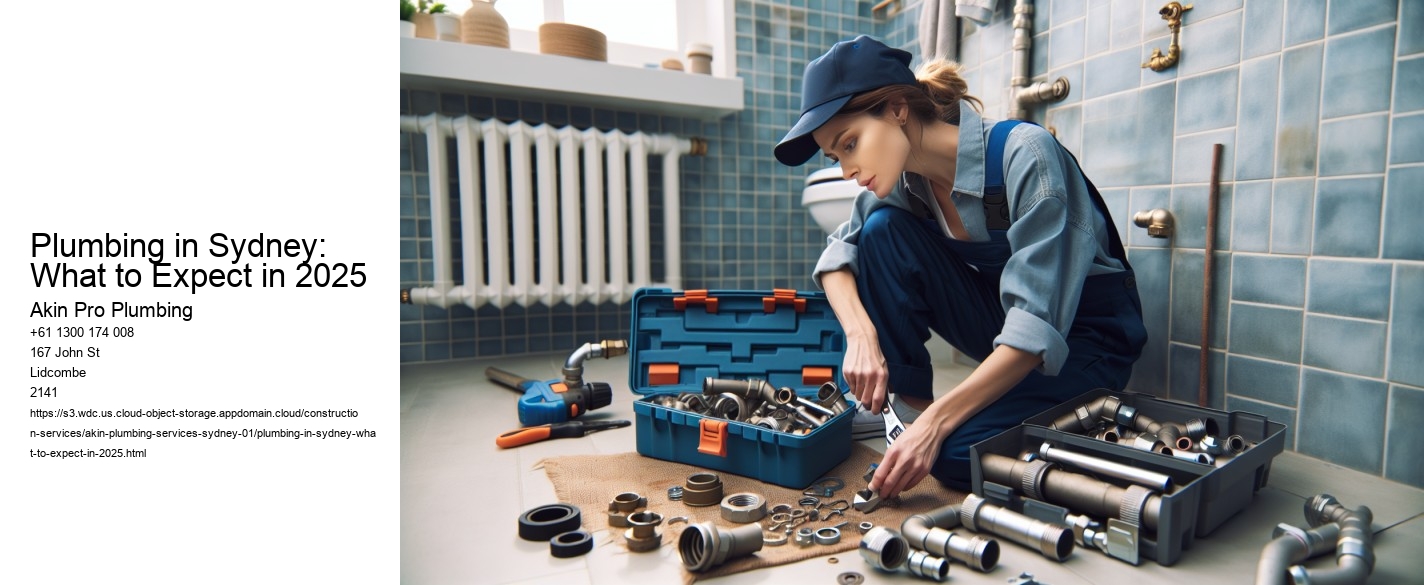Emerging Technologies in Sydney Plumbing
As we look toward the horizon of 2025, the landscape of plumbing in Sydney is poised to undergo significant transformation, fueled by the integration of emerging technologies. Trusted Sydney Plumbers Share Insider Secrets . These advancements promise not only to enhance the efficiency and effectiveness of plumbing services but also to contribute to environmental sustainability and improved quality of life for Sydneys residents.
One of the most anticipated changes is the adoption of smart plumbing systems. These systems leverage the Internet of Things (IoT) to provide homeowners and businesses with real-time data about their water usage. By using sensors and connected devices, smart plumbing can detect leaks, monitor water pressure, and even predict maintenance needs before they become costly repairs. This proactive approach not only saves money but also conserves water, which is an increasingly precious resource in a world facing climate change.
Another emerging technology set to revolutionize plumbing in Sydney is advanced water recycling systems. As urban populations grow and environmental concerns mount, the need for sustainable water management becomes more critical.
Plumbing in Sydney: What to Expect in 2025 - Air gap (plumbing)
- Air gap (plumbing)
- Sewerage
- Air gap (plumbing)
- Sewerage
- Air gap (plumbing)
Furthermore, the use of trenchless technology for pipe repair and replacement is gaining traction. Traditional methods of fixing or replacing underground pipes often involve extensive digging, which can be disruptive and costly. Trenchless technology, however, allows plumbers to repair pipes with minimal excavation by using techniques like pipe bursting and relining. This results in less environmental impact, reduced labor costs, and shorter project timelines.
The integration of digital tools into the plumbing sector is also enhancing service delivery. Virtual reality (VR) and augmented reality (AR) are being used for training purposes, allowing plumbers to simulate various scenarios and refine their skills in a risk-free environment. Additionally, digital platforms are streamlining the customer service experience, enabling clients to schedule appointments, receive quotes, and track service progress through user-friendly apps.

In conclusion, the plumbing industry in Sydney is on the cusp of a technological revolution that promises to reshape its future by 2025. With smart plumbing systems, advanced water recycling, trenchless technology, and digital tools, the sector is moving towards a more efficient, sustainable, and customer-centric model.
Plumbing in Sydney: What to Expect in 2025 - Mechanical, electrical, and plumbing
- Plumbing code
- Air gap (plumbing)
- Sewerage
- Plumbing code
Sustainability and Eco-friendly Practices
As the world becomes increasingly aware of the environmental challenges we face, the plumbing industry in Sydney is poised for a significant transformation by 2025. Sustainability and eco-friendly practices are no longer optional but essential components of modern plumbing solutions. With a growing emphasis on conserving natural resources and reducing our carbon footprint, the industry is embracing innovation to meet these demands.
By 2025, we can expect a marked increase in the adoption of water-saving technologies in Sydneys plumbing systems. The implementation of low-flow fixtures, dual-flush toilets, and efficient irrigation systems will become standard practice. These technologies not only reduce water usage but also lower utility bills for consumers, making them an attractive option for both residential and commercial properties. Furthermore, the integration of smart water management systems will allow homeowners and businesses to monitor and optimize their water consumption in real-time, ensuring that every drop counts.
In addition to water conservation, the use of sustainable materials will gain prominence in the Sydney plumbing sector.
Plumbing in Sydney: What to Expect in 2025 - Sanitary sewer

Rainwater harvesting and greywater recycling systems are also expected to become more prevalent by 2025. These systems capture and reuse water for non-potable purposes, such as flushing toilets and watering gardens, significantly reducing the demand for mains water supply. Air gap (plumbing) In a city like Sydney, where water scarcity can be a concern, these practices not only conserve water but also bolster the resilience of urban water systems against climate change.
The move towards sustainability in plumbing will also foster a culture of education and awareness among consumers and professionals alike. Plumbers will need to stay informed about the latest eco-friendly technologies and practices, which will likely lead to the development of specialized training programs and certifications. Homeowners and businesses will also become more informed about the benefits of sustainable plumbing solutions, driving demand for greener options.
In conclusion, by 2025, the plumbing industry in Sydney is set to undergo a green revolution. The integration of water-saving technologies, sustainable materials, and innovative water management systems will redefine what it means to be a plumber. As the city embraces these eco-friendly practices, Sydney will not only enhance its environmental stewardship but also set a benchmark for sustainable urban living. The journey towards a greener future in plumbing is underway, and its impact will be felt for generations to come.

Regulatory Changes and Compliance Requirements
In 2025, the plumbing industry in Sydney is poised to experience significant shifts driven by evolving regulatory changes and compliance requirements. As cities worldwide are increasingly prioritizing sustainability, resource optimization, and health standards, Sydney is no exception.
Plumbing in Sydney: What to Expect in 2025 - Mechanical, electrical, and plumbing
- British Standard Pipe
- Sanitary sewer
- Mechanical, electrical, and plumbing
One of the most anticipated regulatory changes in Sydneys plumbing sector is the heightened focus on water conservation. As climate change continues to impact weather patterns, water scarcity is becoming a pressing issue. In response, Sydney is expected to implement stricter regulations on water usage and efficiency. Plumbing professionals will likely need to adopt water-saving technologies, such as low-flow fixtures and advanced water recycling systems, to align with these new standards. This shift not only requires the installation of new systems but also demands a comprehensive understanding of emerging technologies.
Another key area of regulatory evolution is the emphasis on sustainable materials. As part of a broader effort to reduce environmental impact, regulations in 2025 are expected to encourage or even mandate the use of eco-friendly materials in plumbing installations and repairs. This change will necessitate a shift in procurement practices and may lead to increased costs as the industry adapts to sourcing sustainable materials. Plumbing businesses must prepare to educate clients about the benefits and long-term savings of sustainable choices, which, while potentially more expensive upfront, contribute to reduced environmental footprints and enhanced property values.
Health and safety regulations are also expected to become more stringent in 2025. With the ongoing global emphasis on public health, plumbing systems will be scrutinized for their role in maintaining hygiene and preventing disease. This will likely result in stricter standards for the installation and maintenance of systems that affect water quality, such as backflow prevention devices. Plumbers in Sydney will need to be diligent in ensuring that all installations meet these rigorous standards to protect public health and avoid costly penalties.
Additionally, regulatory bodies are likely to increase their oversight and enforcement mechanisms. This could mean more frequent inspections and heavier fines for non-compliance, emphasizing the need for thorough documentation and adherence to all relevant codes. Plumbing professionals will need to invest in ongoing training and certification programs to remain compliant with the latest industry standards and to keep pace with evolving technologies and practices.
In conclusion, the landscape for plumbing in Sydney in 2025 is set to be shaped by a confluence of regulatory changes aimed at fostering sustainability, enhancing public health, and ensuring safety. Plumbing professionals will need to be proactive in adapting to these changes, embracing new technologies, and educating their clients. By doing so, they can not only comply with regulations but also position themselves as leaders in a rapidly evolving industry that prioritizes the well-being of the community and the environment.
The Future of Plumbing Services in Sydney
As we look towards 2025, the future of plumbing services in Sydney promises to be a fascinating blend of technological innovation, sustainability, and enhanced customer service. The plumbing industry, often considered traditional, is on the cusp of a significant transformation driven by advancements in technology and a growing emphasis on environmental responsibility. These changes are set to redefine the way plumbing services are delivered and experienced in Sydney.
One of the most significant trends shaping the future of plumbing in Sydney is the integration of smart technology. By 2025, its expected that smart plumbing systems will become increasingly common in both residential and commercial properties. These systems, equipped with sensors and connected devices, can detect leaks, monitor water usage, and even perform diagnostics remotely.
Plumbing in Sydney: What to Expect in 2025 - Sewerage
- Plumbing code
- Air gap (plumbing)
- Sewerage
Sustainability is another key focus for the plumbing industry in Sydney. With growing concerns over climate change and water scarcity, there is a strong push towards eco-friendly plumbing solutions. By 2025, we can expect to see a wider adoption of water-saving fixtures, such as low-flow toilets and faucets, as well as rainwater harvesting systems. Additionally, the use of recycled and sustainable materials in plumbing installations will likely become more prevalent, aligning with Sydneys broader environmental goals.
The role of the plumber is also evolving. As technology becomes more integrated into plumbing systems, the demand for skilled plumbers with expertise in both traditional plumbing and modern technologies is increasing. By 2025, plumbers in Sydney will likely require a broader skill set, encompassing knowledge of digital tools and sustainable practices. This shift will likely lead to enhanced training programs and professional development opportunities within the industry.
Customer expectations are also set to change, with an increasing demand for transparency and convenience. Plumbing companies in Sydney are likely to leverage digital platforms to offer more streamlined services, such as online booking systems, digital consultations, and real-time updates on service appointments. This digital approach not only improves customer satisfaction but also allows plumbing businesses to operate more efficiently.
In conclusion, the future of plumbing services in Sydney by 2025 will be characterized by smart technologies, sustainable practices, and a customer-centric approach. These advancements will not only improve the functionality and efficiency of plumbing systems but also contribute to a more sustainable and environmentally conscious city. As the industry evolves, plumbers in Sydney will play a crucial role in driving these changes, ensuring that the citys plumbing infrastructure meets the demands of the future.







